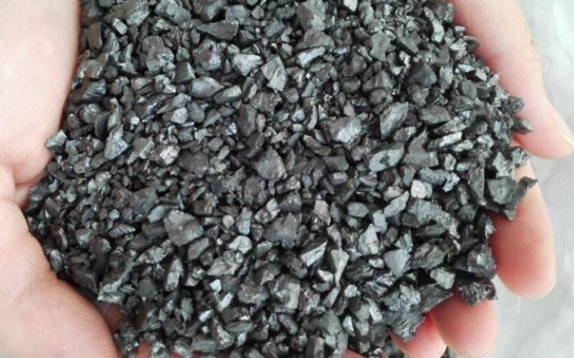
Calcined petroleum coke (CPC), also known as calcined petcoke, is a high-purity carbon material derived from green petroleum coke (GPC) through the calcination process. This article explores the properties, applications, and market outlook for calcined petcoke, highlighting its significance in various industries.
Calcined petcoke is characterized by its high carbon content, typically over 98%, and low levels of impurities, such as sulfur, nitrogen, and heavy metals. The calcination process also increases the material's electrical conductivity and real density, making it suitable for a wide range of applications. Calcined petcoke is available in various particle sizes, from fine powders to larger granules, depending on the intended use.
Calcined petcoke is a versatile material used in various industries, including:
The global market for calcined petcoke is driven by the demand from the aluminum, steel, and titanium dioxide industries. The growth of these industries, particularly in emerging economies, has led to an increase in the consumption of calcined petcoke. However, the market is also influenced by factors such as the availability and price of raw materials, environmental regulations, and technological advancements in the calcination process.

The calcined petcoke market is geographically diverse, with major production centers in North America, Europe, Asia, and the Middle East. The United States, China, and Russia are among the largest producers of calcined petcoke, while countries such as India, Brazil, and the United Arab Emirates are significant consumers due to their growing aluminum and steel industries. Regional market dynamics are influenced by factors such as local demand, availability of raw materials, and trade policies.
Environmental concerns related to the production and use of calcined petcoke have led to the implementation of stricter regulations in many countries. These regulations aim to reduce emissions of sulfur dioxide, nitrogen oxides, and particulate matter, as well as to minimize the environmental impact of waste generated during the calcination process. As a result, producers of calcined petcoke are increasingly investing in technologies to improve energy efficiency, reduce emissions, and comply with environmental regulations.
The future outlook for the calcined petcoke market is influenced by several factors, including the growth of end-use industries, technological advancements in the calcination process, and the development of alternative materials. While the demand for calcined petcoke is expected to remain strong in the aluminum and steel industries, the market may also see growth in new applications, such as energy storage and advanced materials. Additionally, ongoing research into alternative calcination technologies and the development of more environmentally friendly production methods may shape the future of the calcined petcoke market.

Write a Message